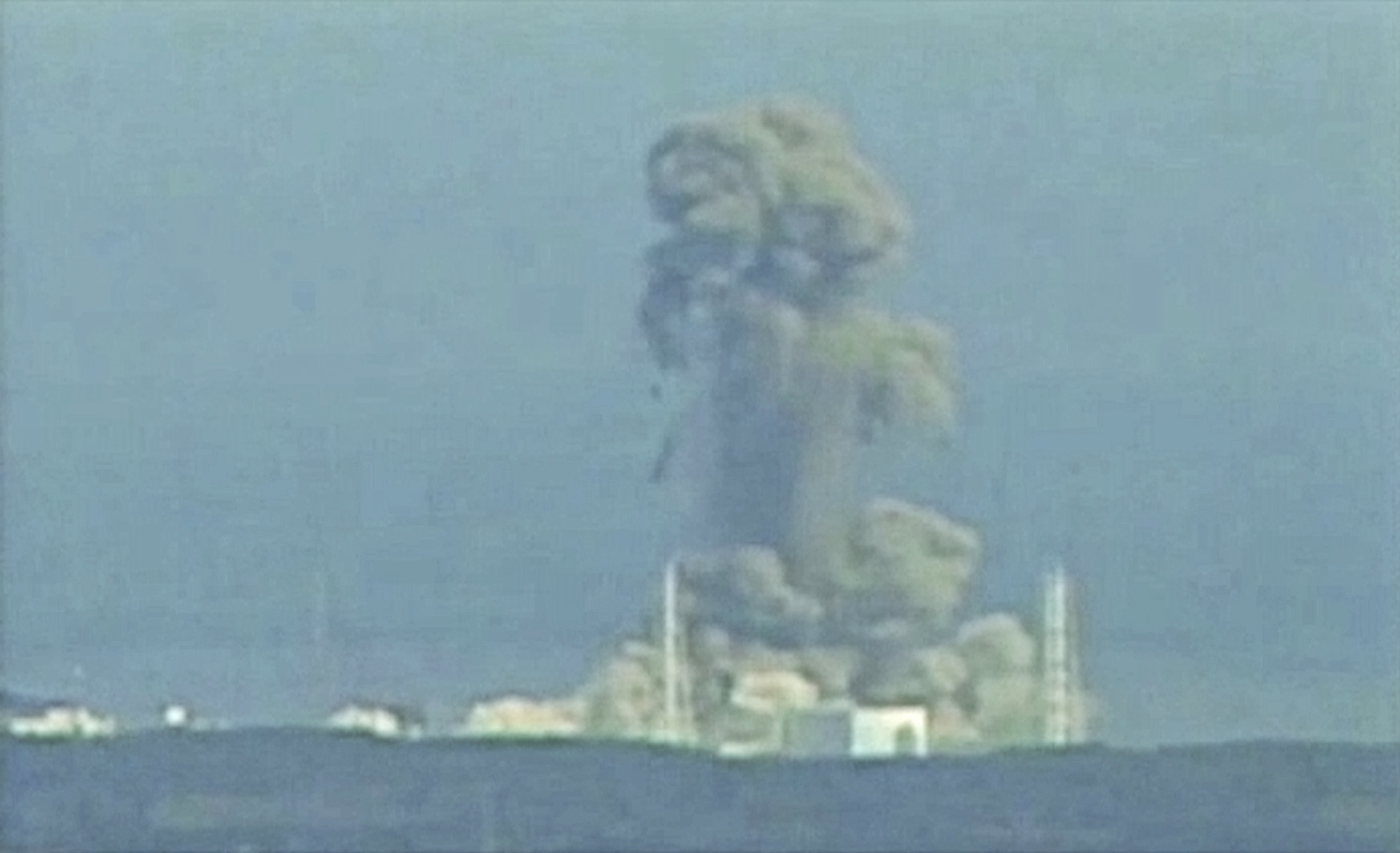On March 11, 2011, the second largest nuclear meltdown in world history occurred on the east coast of Japan. In 1986, the world was faced with it’s first nuclear disaster: Chernobyl in the Ukraine. In the wake of this disaster, many world citizens thought that this was going to be the next Chernobyl: that the surrounding communities would be permanently evacuated, major health problems for years to come, mass loss of life (both human, animal, and plant), etc. The Fukushima Daiichi disaster is only the second nuclear disaster to ever reach the International Nuclear Event Scale’s level 7.
What some people don’t realize is that this nuclear meltdown was not initially caused because of sloppy work or lack of precautions, but instead by a 9.0 magnitude earthquake that occurred in Japan, followed by a tsunami resulting from said earthquake. Japan is located in “The Ring of Fire,” which is a horseshoe shaped ring of underwater/above ground volcanoes that is extremely active. This “Ring of Fire” extends into the US too, sweeping up Hawaii with it.
So, on March 11, 2011, the earthquake occurred which caused damage to the Fukushima Daiichi nuclear facility and that damage was later exacerbated by the massive tsunami that swept through Japan because of the jolt from the quake. Japan’s Fukushima power plant was made up of 6 boiling water reactors. With this level of power being pumped from the plant, they were able to produce 4.7 GWe’s of power! This power plant was also created so that it could function with other companies. Fukushima ran concurrently with General Electric, Tokyo Electric Power Company, and Boise. Because of this conglomerate of power, the Fukushima Daiichi nuclear power plant placed on the world’s top 20 largest nuclear power plants.
Unfortunately, when the tsunami struck the Fukushima nuclear power plant, it did considerable damage to it’s reactor cooling systems. This damage subsequently caused the nuclear meltdown. However, before the tsunami hit, some of the nuclear reactors were already shut down for maintenance. Unfortunately, with nuclear reactors, it takes days for them to cool off because of the heat decay rate of the fuel. Without the cooling reactants, they will overheat thereby causing a meltdown. Before the tsunami, the reactors were already running on the emergency electrical generators, but once the wave rushed in, those were ruined, and the meltdown began.
At the end of this nuclear disaster, many Japanese workers were killed due to the falling piping inside the factory during the earthquake and tsunami, and many more died later on due to radioactive exposure. In addition to that, an area of about 12.5 mile evacuation zone surrounding the facility has been in order since the disaster and access is only gained with governmental supervision. This evacuation is due to the fact that large amounts of radiation were released and poses environmental, health and even food and clean water concerns for the Japanese people who live in that area.
Sources:
http://www.world-nuclear.org/info/Safety-and-Security/Safety-of-Plants/Fukushima-Accident-2011/#.UVXyu442HS8
http://en.wikipedia.org/wiki/Fukushima_Daiichi_Nuclear_Power_Plant
http://www.theatlanticwire.com/global/2011/07/meltdown-what-really-happened-fukushima/39541/
http://www.npr.org/2012/02/28/147559456/one-year-later-inside-japans-nuclear-meltdown
Nuclear Radiation: Japan’s Fukushima Daiichi Plant and After Effects
